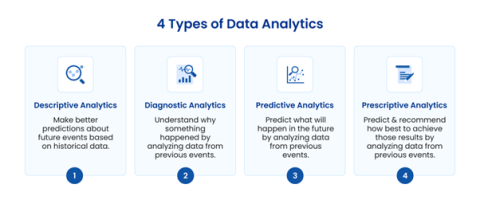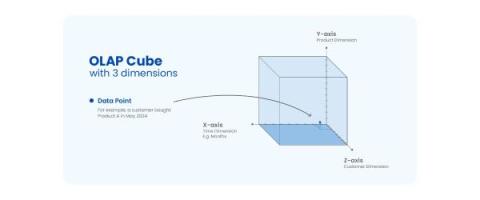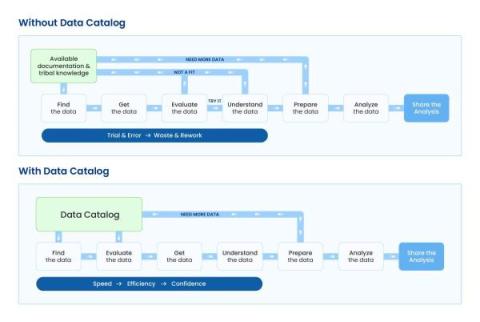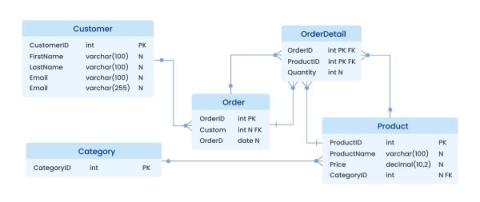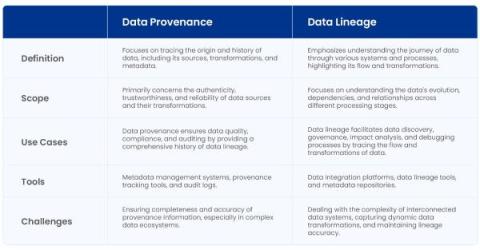Data Catalog vs. Data Dictionary vs. Business Glossary: Key Differences
A data catalog is a collection of metadata that acts as a comprehensive inventory of an organization’s data assets. It provides an overview of all the data available, regardless of its location or technical details. This collection helps analysts and other data users find the needed data.






